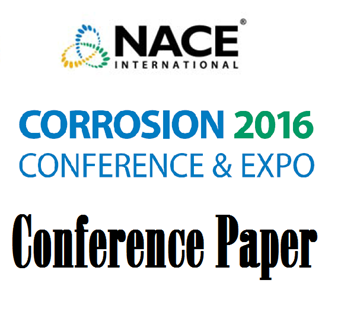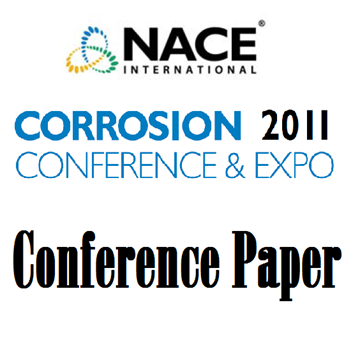Search
51318-10974-Validation of DNV RP F112 for Managing Hydrogen Induced Stress Cracking (HISC) in Super Duplex Stain
Also Purchased
51316-6981-HISCC Resistance and Improvement Methods For Duplex and Super Duplex Stainless Steels
Product Number:
51316-6981-SG
ISBN:
6981 2016 CP
Publication Date:
2016
$20.00
11294 Susceptibility of Hydrogen Induced Stress Cracking of Duplex Stainless Steel at Elevated Temperature
Product Number:
51300-11294-SG
ISBN:
2011 11294 CP
Publication Date:
2011
$20.00
51313-02490-Experiences with HISC of Duplex Stainless Steel Components in Subsea Service with CP
Product Number:
51313-02490-SG
ISBN:
02490 2013 CP
Publication Date:
2013
$20.00




